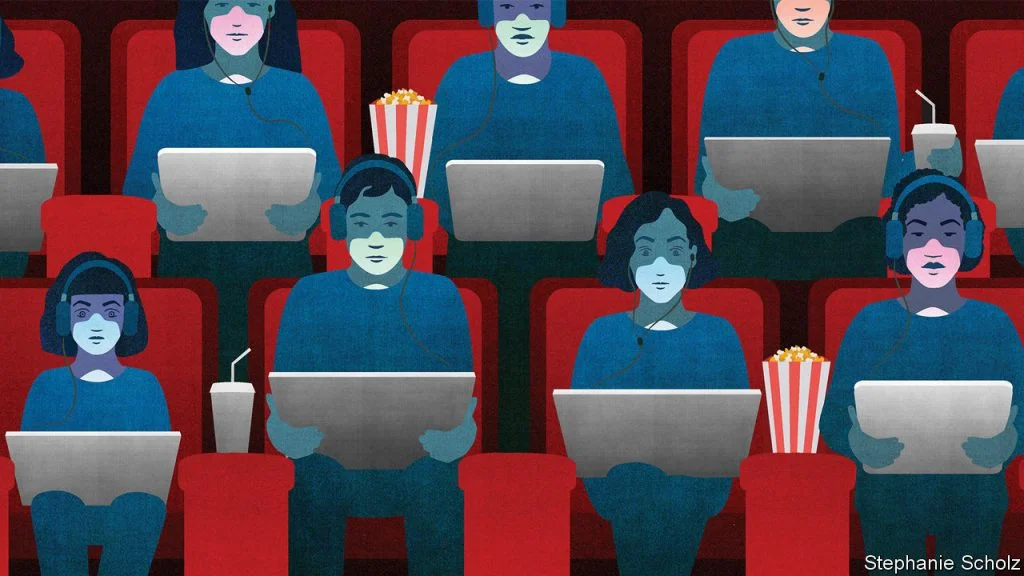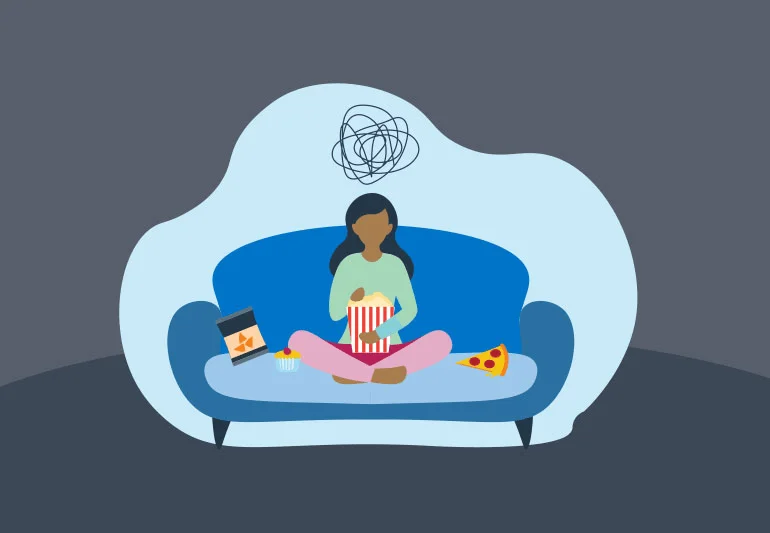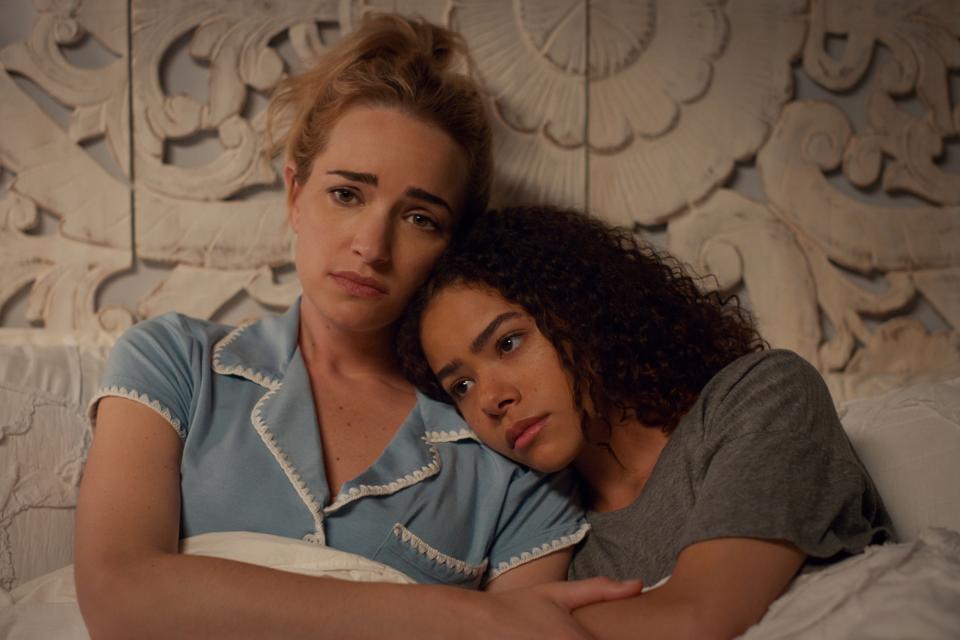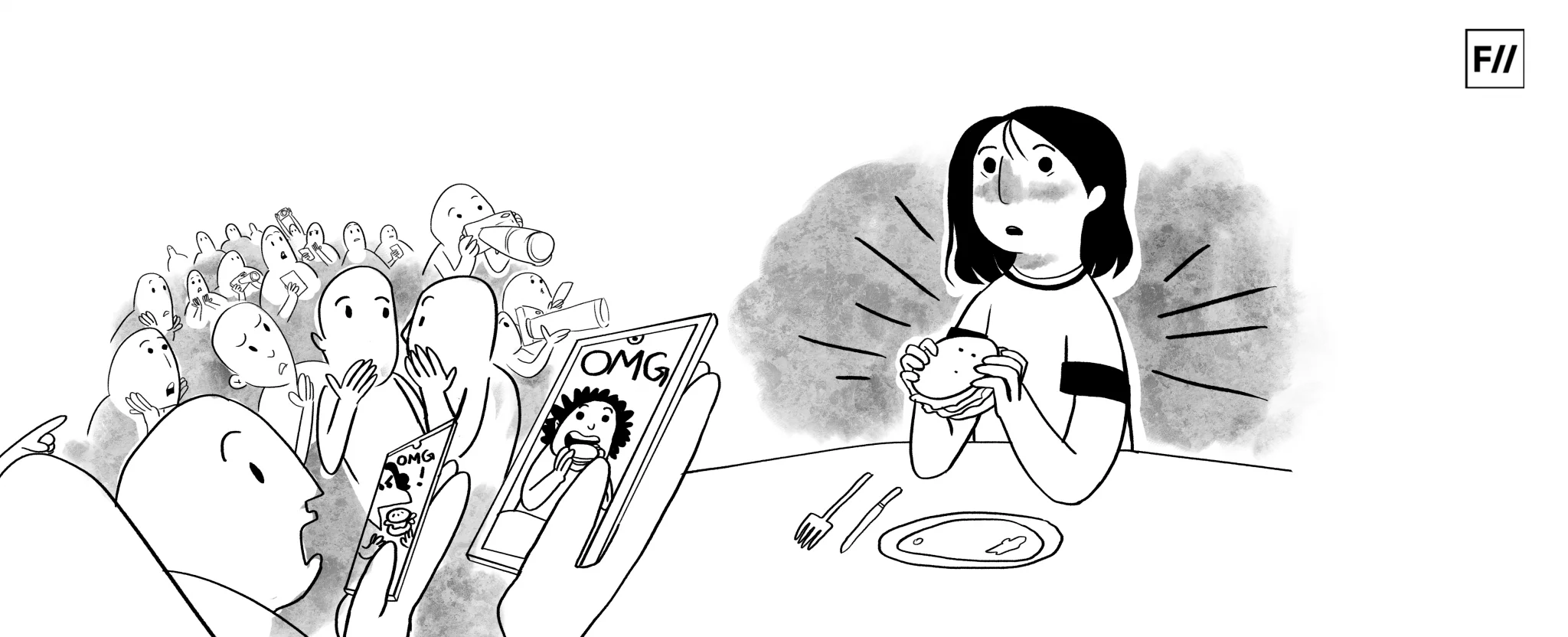‘All is fair in love and war.’ But how far is one willing to go when this war is against ‘food’?Have you ever starved yourself for days on end for no ‘noble cause’? Have you ever eaten your favourite food only to forcibly vomit it all out later? Have you ever overeaten to the point of nausea and still felt that you couldn’t stop? Have you ever felt guilty about even just wanting to eat? This unfortunately is a reality for approximately 55.5 million people worldwide as an eating disorder epidemic unfolding. According to a 2019 study published in the Lancet Psychiatry journal, the biggest necessity for survival has become the biggest ‘evil’.
Rising teen eating disorder crisis
The National Mental Health Survey, 2015, reveals that this battle with food affects 2 to 2.4% of the population in India. Another survey conducted by the Indian Psychiatric Society shows that 7.8% of adolescent girls in India exhibit symptoms of eating disorders, indicating that young women are the ones most at risk. But unfortunately, despite the prevalence, only 1 in 10 people receive treatment for the condition. While many others lose this battle and their lives. Research by the National Eating Disorders Association (NEDA) found that eating disorders have the highest mortality rate of any mental illness, with up to 20% of individuals with anorexia dying because of significant impact on physical health, including damage to the heart, kidneys, digestive system, and bones.

For one Delhiite in her early 20s, who wished to remain anonymous due to the sensitivity of the issue, the very thought of someone asking her what she ate for a meal gives her immense anxiety. She says, ‘Lying about having eaten comes to me too easily but still every single time there is dread, not from the guilt of having lied but from the possibility that someone might catch my lie and make me eat.’
‘I uncontrollably binge on food that hurts my stomach whenever I feel useless and unproductive. ‘The pain is both my punishment for overeating and my reward, as it fills the void,’ says a teen from Kerala. For him, food provides a momentary distraction from feelings of anxiety, stress and hopelessness before the guilt that follows the binge increases those feelings tenfold.
Understanding eating disorders: hidden signs
The American Psychiatric Association (APA) defines eating disorders as “any disorder characterised primarily by a pathological disturbance of attitudes and behaviours related to food”. The most common eating disorders, according to the APA, are anorexia nervosa, bulimia nervosa and binge eating disorder, distinguished by starving, purging and bingeing, respectively. With adolescents, LGBTQ+ youth and young adult women as its biggest victims, this mental health disorder has seen an alarming surge in the past two decades.
One of the most challenging aspects of eating disorders is that their symptoms can go unnoticed for a long time. The difficulty in identifying them is fuelled by both the largely internal nature of the disorder and the misconceptions in associating it with vanity or lifestyle choices. Individuals often suffer in silence, dismissed or misdiagnosed due to their appearance not ‘matching’ the stereotype.
One of the most challenging aspects of eating disorders is that their symptoms can go unnoticed for a long time. The difficulty in identifying them is fuelled by both the largely internal nature of the disorder and the misconceptions in associating it with vanity or lifestyle choices. Individuals often suffer in silence, dismissed or misdiagnosed due to their appearance not ‘matching’ the stereotype. Dr Jennifer Gaudiani, an expert physician for disordered eating, dismantles this myth in her 2018 book Sick Enough, stating, ‘You cannot tell how sick someone is by how they look. Eating disorders are mental illnesses, not body types’.
Media influence on eating disorders in teens
The growing visibility and destigmatisation of mental health have led to an increase of such narratives in modern entertainment and popular culture. This media, which serves as both a mirror and a mould, reflects societal issues and at the same time shapes the public perception of them. Its portrayal of eating disorders thus becomes of great significance. Among a population that is still largely uninformed on the root causes, symptoms and risks of eating disorders, any depiction of them in popular media holds great power in shaping the society’s treatment of them – whether as a fad or fact.
Abby from Netflix’s drama-filled world of Ginny & Georgia gives voice to the quiet, often overlooked experiences of teenage girls grappling with eating disorders as a result of body image dissatisfaction and self-worth insecurities. She feels unseen by both her friends and the boys in her school, setting the stage for her emotional and physical coping mechanisms. Though her disorder is never explicitly named until later in the show, her obsessively taping her thighs in an attempt to create the elusive “thigh gap”, her visible anxiety during lunch and in other food-centred settings, or her pushing meals around and only eating a bag of chips are indicators enough to point at her struggle with disordered eating.
One of the most striking aspects of Abby’s portrayal is how little attention her friends give to her suffering. This may reflect reality, as many teens with disordered eating go unnoticed. Her friends finding her purging in the bathroom and offering a safe space to talk about her bulimia afterwards, in the latest season, definitely earns Ginny & Georgia its well-deserved credit for representing disordered eating without glamorisation.

From Netflix again, we have Charlie Spring of Heartstopper. The series, majorly an exploration of complexities of love, friendship and identity, takes a more intense turn in its last season with a deep dive into Charlie’s battle with anorexia. Charlie’s deteriorating relationship with food is portrayed through his avoiding meals with friends, frequently skipping family dinners, giving his food away to friends and lying about ‘forgetting’ to eat. Fortunately for Charlie, he has a supportive system to hold him through this fight. He safely confides in his boyfriend, openly discusses his struggles and works closely with a therapist towards recovery. Charlie not only accurately represents people experiencing eating disorders but also shows that recovery is possible and gives the audience hope.
One of the most striking aspects of Abby’s portrayal is how little attention her friends give to her suffering. This may reflect reality, as many teens with disordered eating go unnoticed. Her friends finding her purging in the bathroom and offering a safe space to talk about her bulimia afterwards, in the latest season, definitely earns Ginny & Georgia its well-deserved credit for representing disordered eating without glamorisation.
Moreover, the show underlines how eating disorders can stem from emotional pain, anxiety, bullying and a need for control rather than just a desire to be ‘thin’. It also challenges the misconception that these disorders affect only young women and instead contextualises them within male queer spaces as well. It is perhaps the result of closely working with Beat, a UK-based eating disorder charity, that Heartstopper was able to achieve authenticity in its narration.
Breaking stigma through popular media
Unfortunately, not all portrayals are genuine. In the luxurious world of the Upper East Side-rs of Gossip Girl, Blair Waldorf’s bulimia is glamorous, dramatic and underexplored. Blair is caught in a cyclical pattern, relapsing into bulimia whenever her sense of control slips, whether in academics, relationships, or social status. While her bingeing and purging is referenced occasionally throughout the early seasons, it’s not consistently followed up with meaningful support or treatment, eventually vanishing from the narrative. Her behaviours are typically triggered by personal crises and are used as a visual shorthand for ‘she’s losing control’.

The show almost entirely reduces the disorder to a mere plot device. Trivialising its seriousness, this portrayal reinforces harmful stereotypes of thin, rich girls with superficial motivations engaging in disordered ‘habits’ for attention and fashion. This reflects both the progress and the pitfalls of early 2000s portrayals of eating disorders, where eating disorders are acknowledged but ultimately treated as a side effect of drama rather than a serious mental health condition.
While recent media has made strides in representing eating disorders with empathy and accuracy, many portrayals still risk glamorising or trivialising these complex conditions. As teen dramas continue to influence how young people perceive their bodies and mental health and that of others, it is crucial that creators move beyond dramatisation and instead commit to responsible storytelling, nuanced characters, and the depiction of recovery and not just relapse. Because how we tell these stories can make the difference between stigma and support. And for many viewers, these stories aren’t just fiction; they’re reflections of real pain and, potentially, the first step towards seeking help.
About the author(s)
Passionate about advocacy and storytelling, Mysha Rizvi likes to craft narratives rooted in empathy and change.





